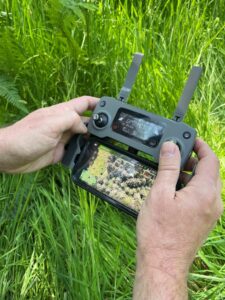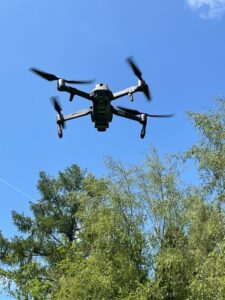On 21st and 22nd September 2003, Forest Research will be at the Confor Woodland Show being held at the Bath and West Showground where we will be showcasing the very latest in science and innovation in forestry.
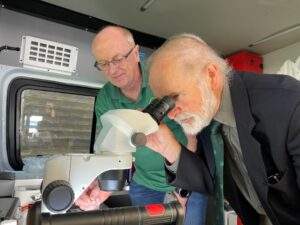
Step inside our state of the art mobile laboratory to find out how we do DNA analysis, real-time PCR and microscopy in the field to diagnose outbreaks of pests and diseases. Also on display will be our thermal and laser sensing equipment and experts will be on hand to advise you on how you can use this technology at landscape scale to manage your forests. And our carbon challenge is open to all – test out your forestry skills with our scientists and find out whether you will be our Carbon Champion of Confor!
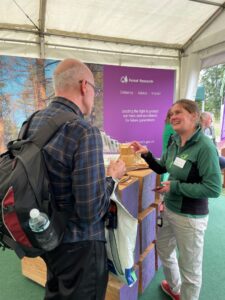
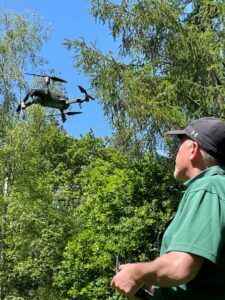
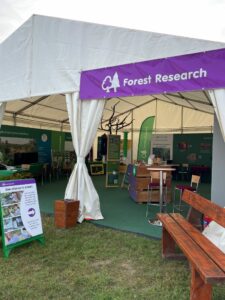
Are you interested in the story behind the science? Then check out our seminars at the Confor tent:
Extreme drought events across the UK are expected to increase in the future, which can have an impact on tree growth and survival, and they are a possible cause of wood defects in trees. Rubén will explain a project in which we try to identify inheritable traits that inform drought tolerance in Sitka spruce, and how the current breeding population can be economically compared the with a hypothetical cohort of improved individuals that are better adapted to face drought. The aim of this Centre for Forest Protection project is to learn if and how we can select for drought resilience in the species in the framework of the UK breeding programme.
In his talk, Robert will explain how Forest Research has assessed a wide range of possible types of woodland for their potential for carbon sequestration and contributing towards the goal of net zero emissions. He will show how the results of this study could help inform choices for woodland creation in the UK. Options evaluated include coniferous and broadleaf woodland, managed for maximum carbon stocks, for wood production or for diverse structures such as continuous cover and species mixtures. The assessment allows for the sequestration of carbon in woodlands in trees, dead wood, litter and soil on different site types, as well as considering carbon retained in products supplied from the woodlands, and the potential GHG emissions avoided by using the wood products in place of non-renewable materials and fossil fuels.
